The piece below, from the first issue of The World’s Columbian Exposition Illustrated (Vol. 1 No. 1, February 1891) and likely written by editor James B. Campbell, offers an enthusiastic description of the locations that Chicago had recently selected to host the 1893 World’s Fair. The editorial boosterism belies much of the bitter fighting that went into reaching the decision to use Jackson Park as the main fairgrounds. At the time of this publication in early 1891, plans to use Washington Park (connect by the Midway to the west of Jackson Park) and the downtown site then known as Lake Front Park (now the area of Grant Park) remained in play. Only the World’s Congress Auxiliary Building (now the Art Institute of Chicago) was built in Lake Front Park for the 1893 World’s Fair.
The condition of Jackson Park described in this piece is in sharp contrast to Daniel Burham’s description of the undeveloped land as “a swampy, sandy fiat, liable at times to be submerged by the lake” (The Book of the Builders, p. 15) and Harriet Monroe’s account of “a forlorn waste of sand and bogs just redeemed from long litigation” (John Wellborn Root: a Study of His Life, p. 219). Another World’s Fair historian wrote that Jackson Park before the fair construction was “a treacherous morass, liable to frequent overflow, traversed by low ridges of sand and bearing oaks and gums of such stunted habit and unshapely form as to add forlornness to the landscape. In most seasons the surface was a quagmire …” (William E. Cameron’s The World’s Fair, Being a Pictorial History of the Columbian Exposition, p. 155). As though readying his daughter for her coming out ball, the author of this piece promotes Jackson Park as “one of the city’s most attractive places of resort.”
The accompanying bird’s eye view of the Chicago shoreline shows a quaint Jackson Park with tree-lined walkways, buildings, fountains, and a large pier extending into Lake Michigan. The strangely short Midway depicts a series of small lakes and waterway connecting to Washington Park in the background. The distance shown to downtown Chicago is roughly half of what it actually is, perhaps to bolster the author’s point that the fairgrounds are “near the center of the city.”
SITE OF THE WORLD’S EXPOSITION
After much delay the long and vexed question of the location for the World’s Columbian Exposition has been settled. Jackson Park and Washington Park with a portion of Lake Front Park, has at last been definitely selected as the site for the States and Nations to place their works of science, art and agricultural products, to be seen, inspected and admired by the people of all nations. Here, now, will be the place where all competitors will meet on an equal footing, and here laurels of distinction will be won, that will give fame and carry prestige into the twentieth century. It will be the birth place of fortunes and the cradle of greater skill, enterprise and industry.
For many months, Chicago, as well as the nation was held in suspense regarding the vexed question of the site. The National Commissioners came and went and still that question was not definitely disposed of. It was clouded with contingencies. Certain sites were conditionally tendered, and conditionally accepted by the National Commissioners. A special session of the Legislature of Illinois was called in order to grant Chicago privilege to issue bonds, and the Park Commissioners power to grant the use of the public grounds. This being done there were others [sic] barriers still in the way. In order to insure financial success, the Directors were anxious to secure the Lake Front Park for at least a portion of the exhibits. The efforts to secure this place caused much delay and was a vexed part of the proceedings. Undoubtedly placing the majority of the Exposition in Jackson Park will give greater satisfaction to all.

To more definitely describe the location chosen for the Exposition we will say that Jackson Park is located on the lake shore about six and one half miles south from the Court House, or center of the business portion of the city. It is one of the city’s most attractive places of resort. Here the people, on Sundays and holidays congregate by the thousands. It is their great breathing place. The ground is level and laid out into winding walks and drives, bordered with trees and flowers, which, with its miniature lakes of glassy surface, form the most beautiful landscape scenes. Bordering it on the east is the gently sloping beach of Lake Michigan. There is no finer view to be had on any inland body of water, than there is from this point. This will undoubtedly be the favorite resort of the visitor; when weary of sight-seeing he will find a haven of relief in viewing the beauties of the lake, while he is being fanned by the cool breezes from off its waters. Here too, the vessels from the seas and foreign ports will unload their cargoes which are to be placed on exhibition. This is one great advantage of the site being on the lake shore. Not only will a great portion of the freight be landed here, but a large number of the visiting public will select this as their favorite way to reach the avenues of the Exposition. The means of access by land will be ample. The street car lines connecting with the grounds are the most efficient in the city. The elevated railroads, which are now in course of construction, will be prepared to transport at least one-third of the visitors to the grounds. Besides these, there is the Illinois Central rail road, which has a four-track road running direct from the heart of the city to Jackson Park. In addition to these conveyances, all the main railroads entering Chicago will have branch lines running to the Exposition grounds.
When we consider the capacity of the above named facilities and then add to that the lines of steamers which will afford equally as good transportation to the grounds, we are readily convinced that the visiting public when once in the city, will not experience any delay or inconvenience in reaching the Exposition in a few minutes’ time and at the small expense of five cents.
Adjacent to Jackson Park and connected by the Midland Plaisance [sic], a tract of land 600 feet wide, covered with groves of trees dotted with miniature lakes, is Washington Park, comprising about 600 acres. Here will be placed part of the buildings. The great lawn of 400 acres will be used chiefly for martial parades and displays. The remaining 200 acres is laid out in walks and drives, intercepted with crystal pools and decorated with flowers and shade trees. This will be a most convenient and desirable breathing space for the heated multitude. Here they can retire from the clamoring crowd and walk in the cool of the shade and breathe the pure air, laden with the perfume of leaves and flowers.
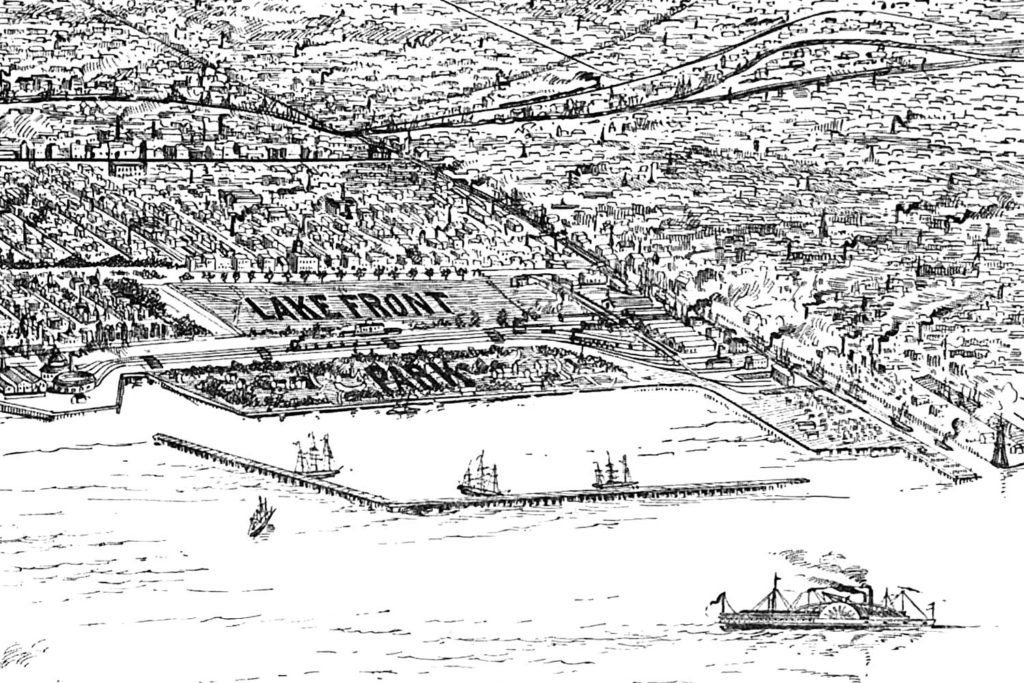
The Lake Front is located adjacent to the heart of the city, and contains a beautiful park. It is directly connected by railroad and steam boat lines to the other portions of the site. It is only intended to make this a great gateway to the Exposition proper. The Art and Electric Buildings and Water Palace, if any, will be the principal attractions of this portion of the site. The grounds in all contain over 1,000 acres, which will afford ample room for the numerous exhibits. However, from the present out look it will all be utilized. The Horticulturists alone propose to enclose one hundred acres under one vast glass dome. Here will be seen growing in their natural state every plant and vegetable known to civilized man.
Although the location of the Exposition proper is over six miles from the center of business, still it must not be understood as being on the outskirts of the city. On the contrary the city extends eleven miles still further south on the lake shore, so that the Exposition will be located, geographically speaking, near the center of the city.
Chicago tendered her choicest spot, to the gratification of all. No longer need the livestock fraternity worry about their feature of the exhibits being slighted. No ampler or handsomer place could have been found among their native hills.
All things considered it is an ideal site for the World’s Columbian Exposition which is destined to out-rival in extent and grandeur, all enterprises, in the history of man. Its date will mark an epoch in our Nation’s history. It will afford the nations of the earth an opportunity to become acquainted with our vast country and with each other and to realize the superiority of our national institutions. Enthused by our present success, it will be an incentive to our people to push on and accomplish still greater results than those which have given us the first place among the nations of the earth.
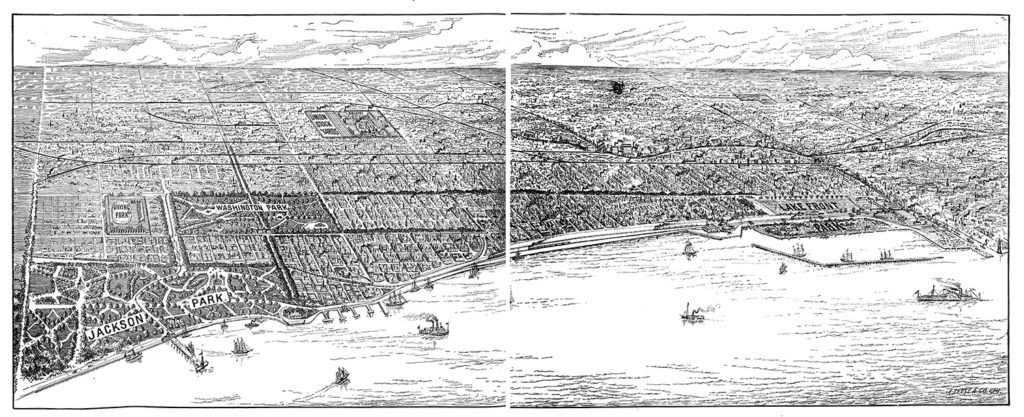

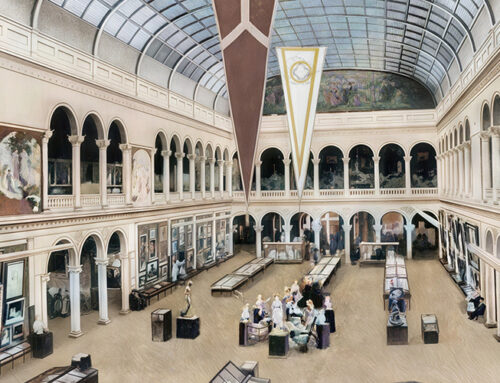
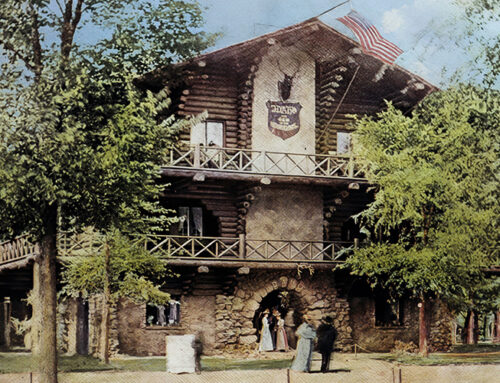
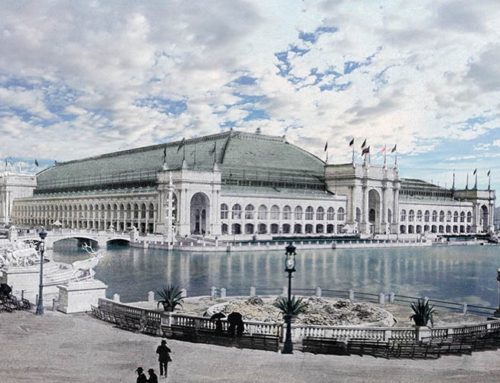
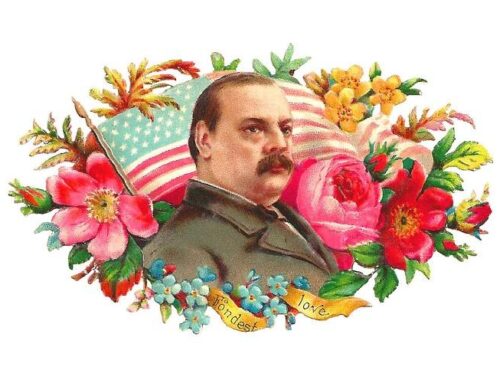
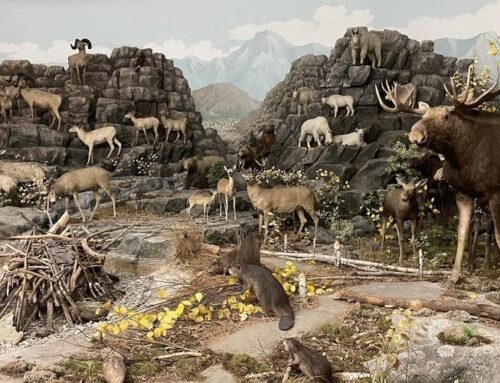
Leave A Comment